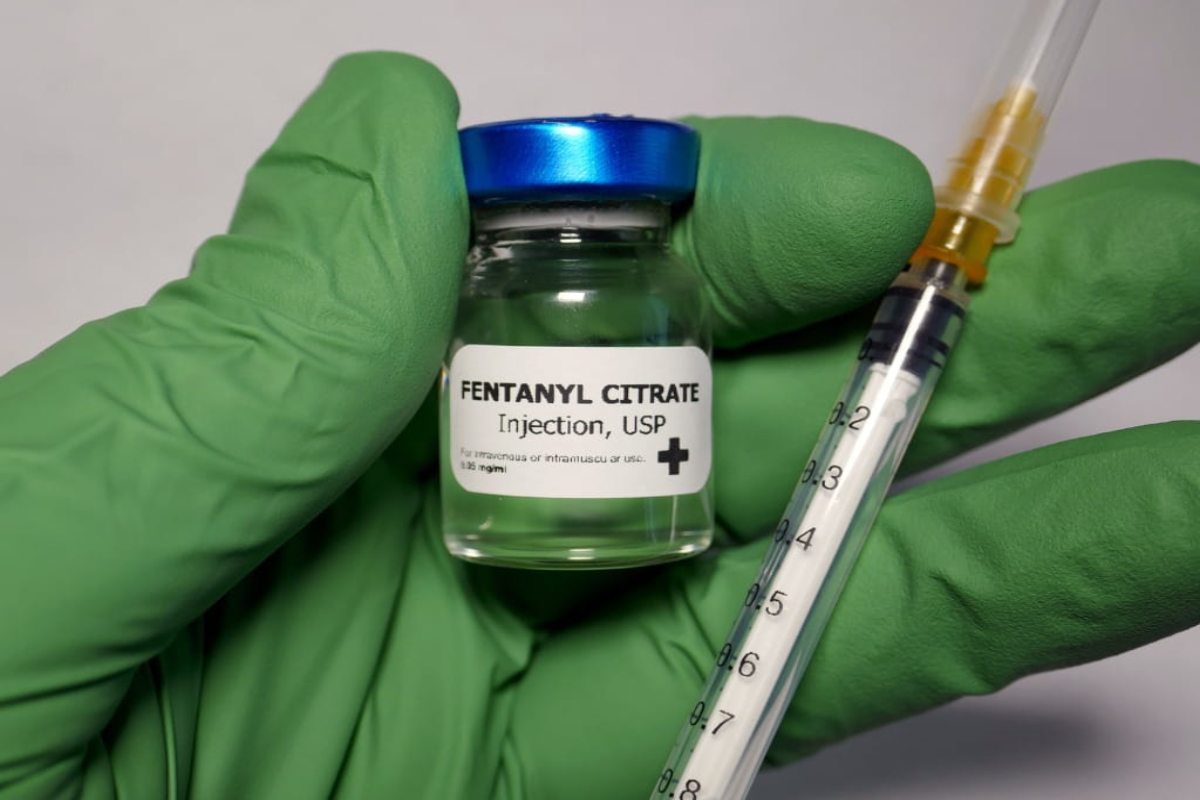As an incredibly potent synthetic opioid, fentanyl detection duration in the human body has significant medical, legal, and workplace implications. Precisely defining how long does fentanyl stay in your system across testing methods enables physicians to manage dependencies best, uphold patient dignity, and protect public health.
Individual metabolite processing variability means precise detection windows span 12 hours through 3 months contingent on selected assay types. While affordable urine analysis reliably detects exposure approximately 72 hours post-ingestion, sophisticated hair follicle examinations uncover long-term accumulations and historical usage patterns for informed treatment. Between these poles reside options like oral fluid checks optimizing roadside visibility 2-3 days post-contact.
Table of Contents
Detailed Insights into Fentanyl Detection Methods
Detecting fentanyl involves various testing methods with unique detection windows and sensitivities. These methods are crucial for diagnosing exposure, monitoring treatment, and conducting forensic investigations.
- Urine Tests: Urine testing is the standard for fentanyl detection due to its non-invasive nature and reasonable detection window. Fentanyl can be identified in urine for up to three days after use, though this duration can extend depending on the frequency and amount of drug use.
- Blood Tests: Blood testing offers a narrow window, detecting fentanyl for about 12 hours after ingestion. Despite its limited timeframe, it’s invaluable for acute medical diagnostics due to its accuracy in measuring the drug’s presence.
- Saliva Tests: Saliva testing is another non-invasive method that can detect fentanyl from one to several days after use. Its convenience makes it suitable for various settings, including workplace screening and roadside checks.
- Hair Follicle Tests: Hair testing stands out for its ability to trace fentanyl use for up to three months, offering a long-term view of substance use. While not as commonly employed due to cost and the delay in drug detection in hair, it’s pivotal in legal contexts and long-term substance use monitoring.
Factors Affecting Fentanyl Detection Times
The detectability of fentanyl is influenced by multiple factors, making each case unique. Key factors include:
- Metabolic Rate: Individuals with higher metabolic rates tend to process substances like fentanyl faster, shortening detection times.
- Body Mass and Health: Body fat percentage and overall health can impact how long fentanyl is detectable, as can liver and kidney function, which play roles in metabolizing and excreting the drug.
- Usage Patterns: Regular or heavy use of fentanyl can lead to accumulation in the body, extending the detection window.
- Hydration and Diet: Proper hydration and diet may facilitate faster elimination of fentanyl metabolites through urine.
Understanding the Implications
The ability to accurately detect and define how long does fentanyl stay in your system across testing modalities is crucial for addressing the opioid crisis through improved pain and dependency treatment regimens calibrated to patients’ metabolic rates. For individuals in recovery or undergoing monitored pain therapy, clearly communicated detection windows empower self-advocacy supporting dignity preservation across workplaces and legal proceedings.
Conclusion
In oversight contexts, biological assay evidence helps shape public policy by determining evidence-based safe exposure thresholds inside medical settings. As fentanyl persistence and trace unlocking mechanics remain obscured, risks heighten. However, through collaborative research and case evidence aggregation, patterns within elimination variability emerge informing universal precautions. For all affected by the fentanyl epidemic, clarifying how long does fentanyl stay in your system promises better outcomes.

